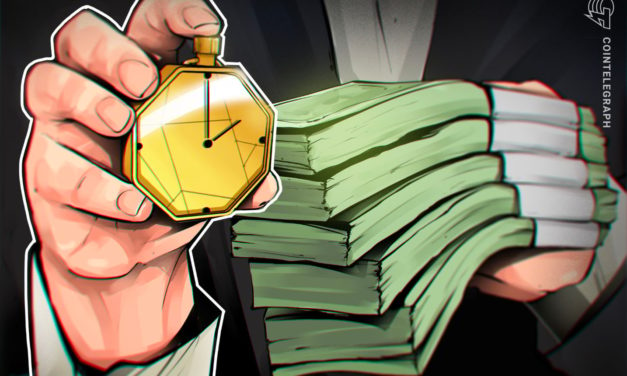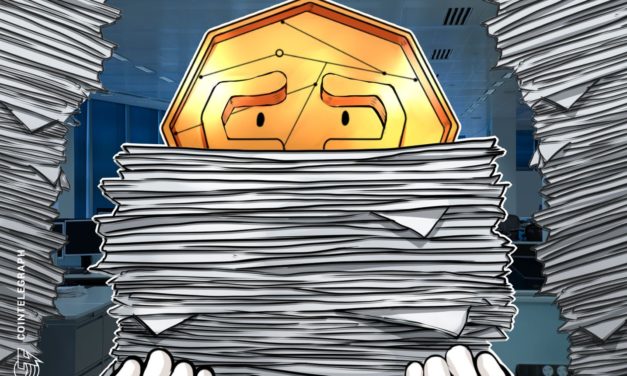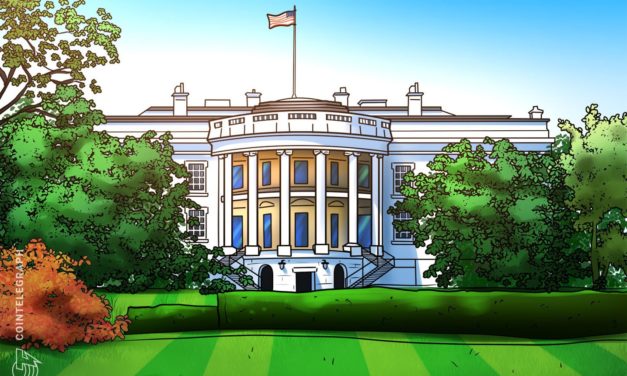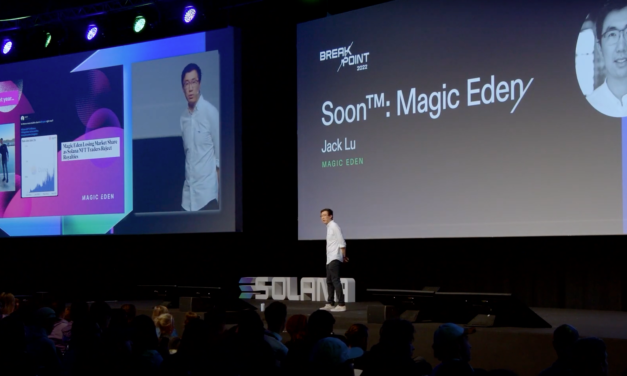Gaining speed on tokenization is vital for UK’s financial future, banking group warns
UK Finance says it’s not too late for the United Kingdom to make up for other jurisdictions’ faster start to securities tokenization, and the country better do it if it wants to remain a global financial leader.
Čítaj viac














